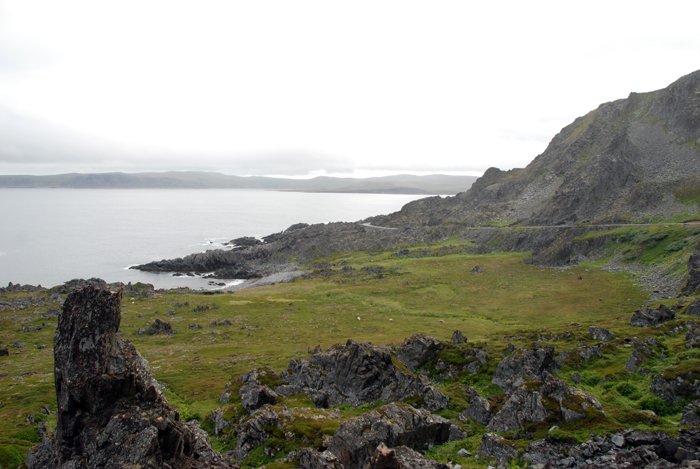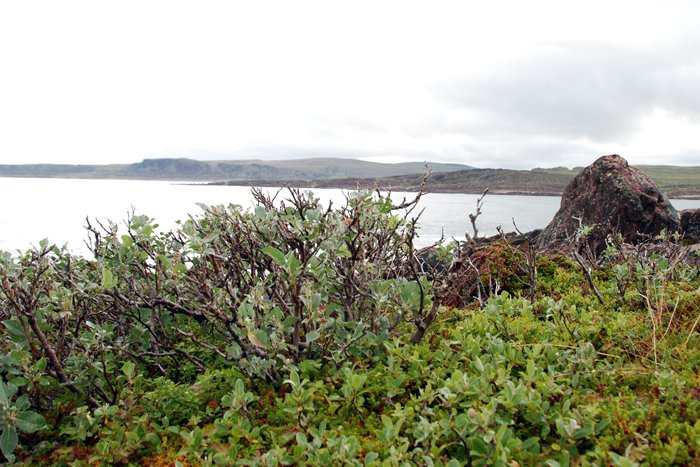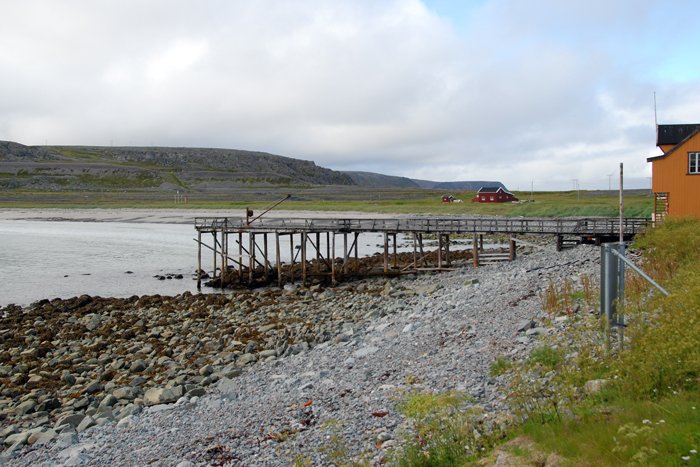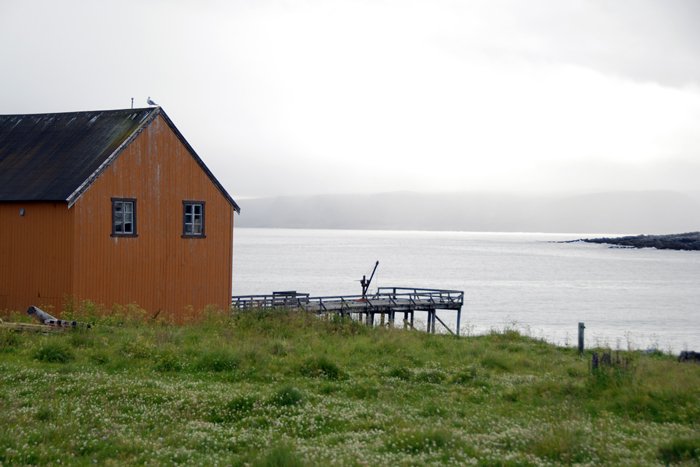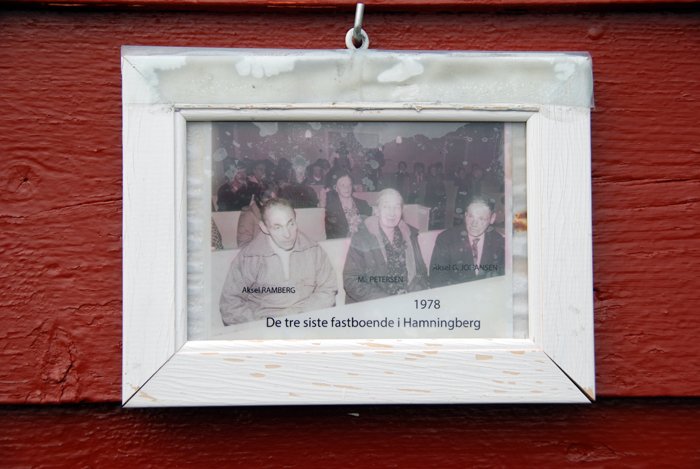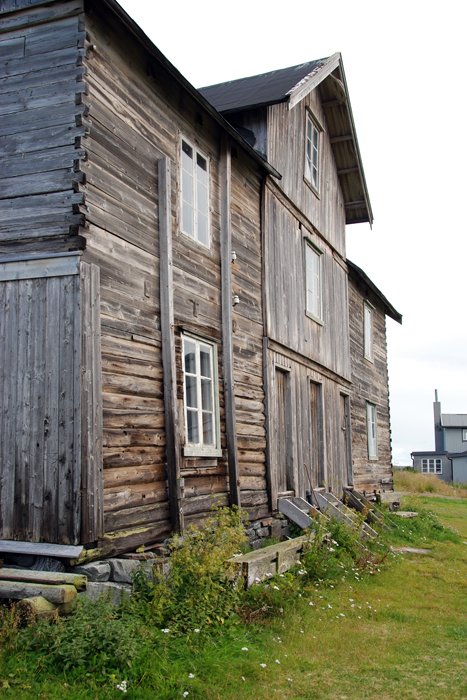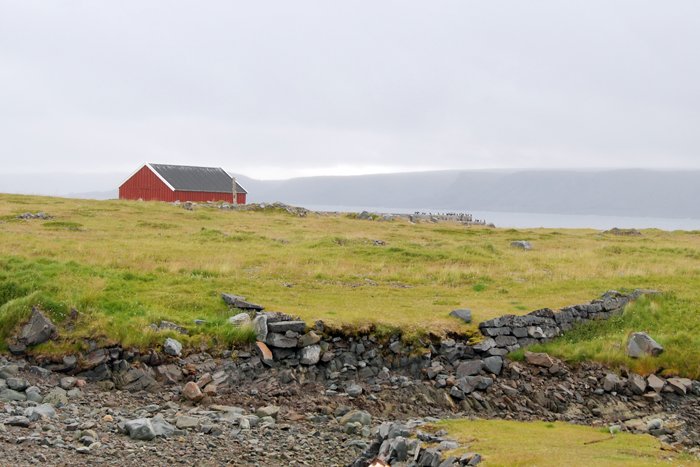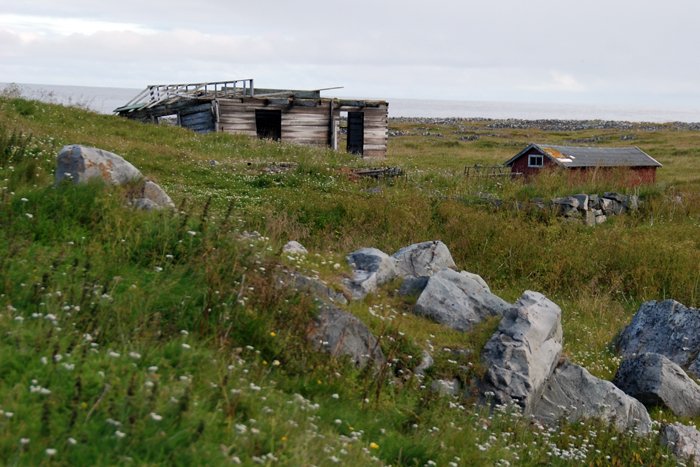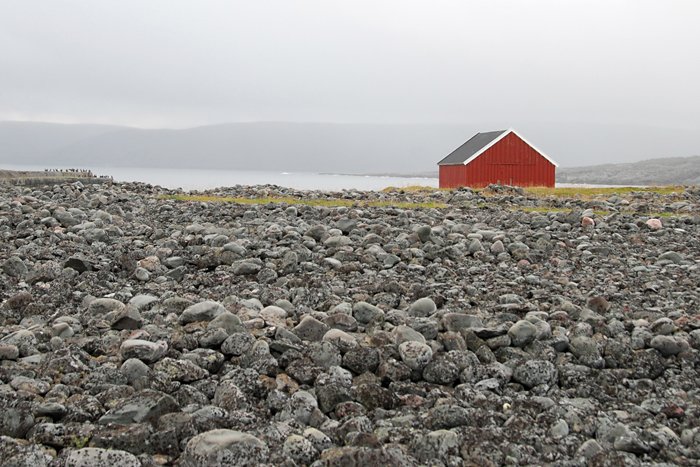
Hamningberg is an abandoned fishing village in the extreme northeast corner of Norway. The village lies at the end of the road which is why it is considered to be «the End of Europe». It is only accesable in the summer months. During winter the road is closed and the only access is snowmobile. Most of the old traditional houses from the 1800s are still here. Unlike many other places in Finnmark county Hamningberg was not burnt by the Germans during WWII. The last stretch of road before Hamningberg, along the Barents Sea offers spectacular scenery. It is worth travelling all the way to the end just to enjoy that scenery.

I was visiting a friend on the Varanger Peninsula, which was my first trip to an arctic area. Since I live in the southernmost part of Norway I wanted to experience the special landscape, learn about the history and the people who live in this rather inhospitable part of our country.
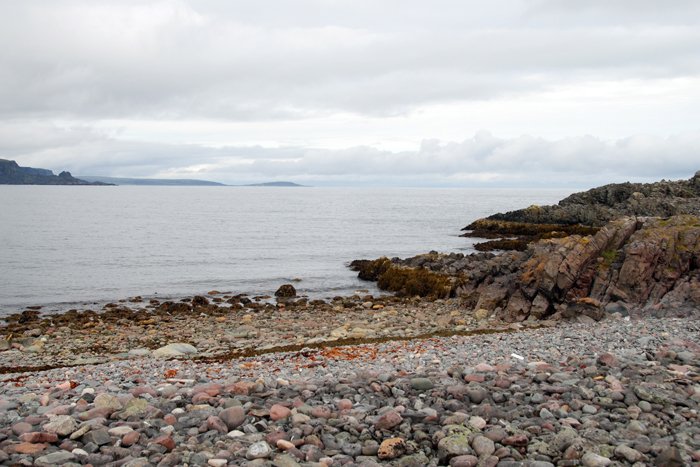
The road from Vardø to Hamningberg runs along one of the National Scenic Routes in Norway. The only road connection to Hamningberg is via this 40 km. long stretch from Vardø. But this stretch is an exciting ride in itself. Seeing reindeer close to the road was for me just as exciting. They don't live in my part of the country.
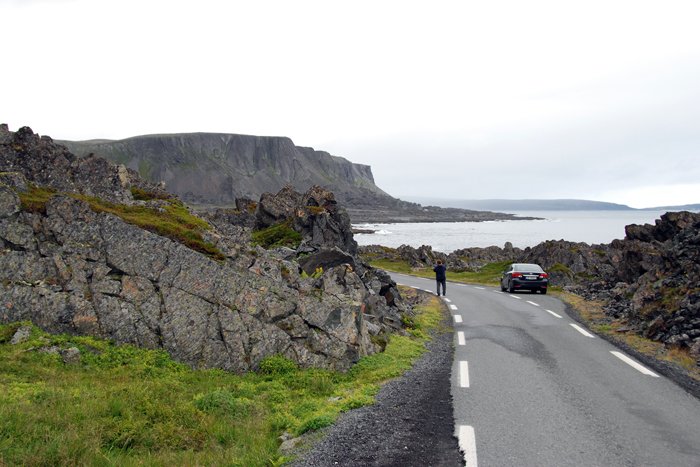
The road is narrow and winding its way along the coast. It passes through a barren and desolate landscape - a "lunar landscape" that is unique in the world context. Sky, sea and mountains blend together and it felt like there is no particular distance between the elements.
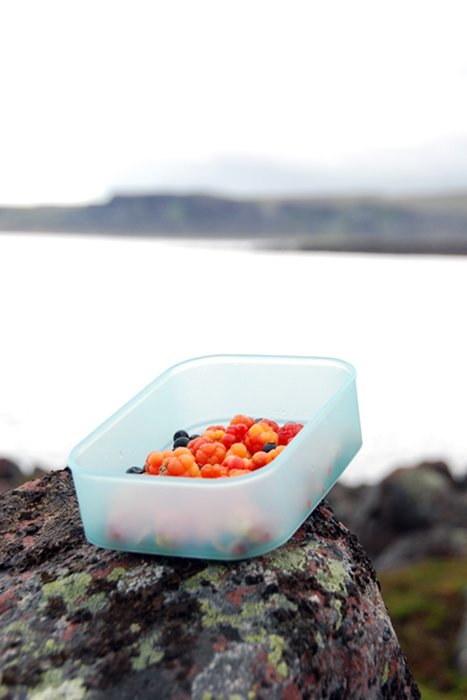
We did some stops along the way to walk along old shorelines and took time to pick blueberries and mulberry. The landscape is composed of grey or black rocks with sharp edges. It did look a bit sinister in itself. We didn’t meet many other cars either. It was cloudy, but not dark. I quess that if dark clouds should appear it sertainly will add a dramatic touch to the scenery! It actually looks as a scene from Lord of the Rings.

There was peculiarity and silence over the landscape along this road. It's hard to explain, but it felt a bit like time stopped a bit.
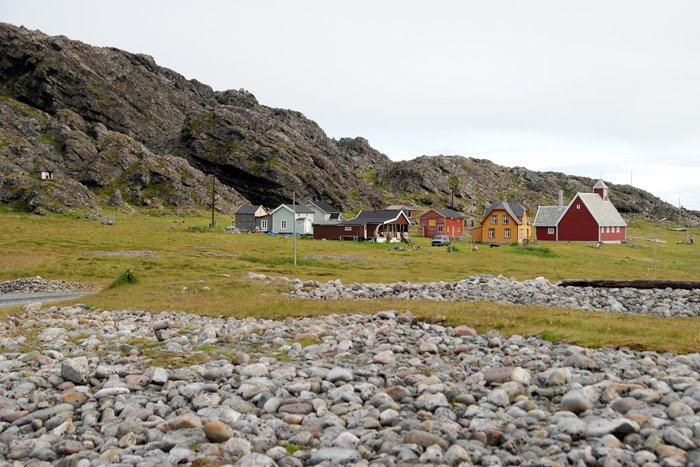
Then we saw Hamningberg and knew we were at the end. We parked the car at a parking lot. There was a map of the village and an information board with a brief introduction to the history. Except for a few other cars, we were very alone, which added a bit of a ghostly atmosphere to the place.
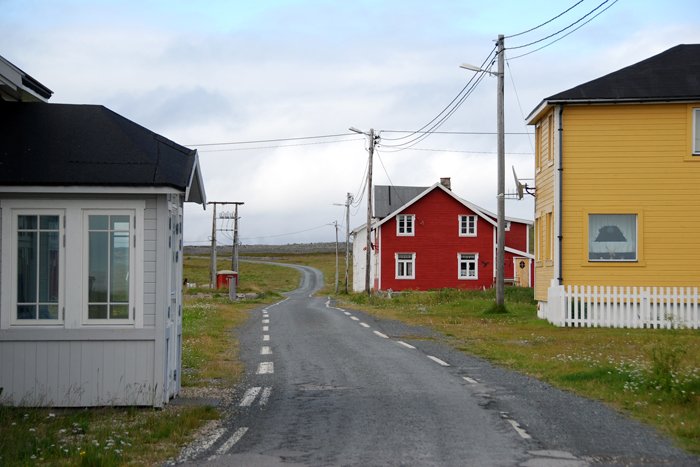
But we started to read the information: Around year 1900 there were 250 people living in Hamningberg. Due to the rich resources Hamningberg was one the largest fishing villages in eastern Finnmark at that time. During the Pomor trade (which means trade between Russia and the people along the coast of northern Norway) Norway traded fish for timber. The houses are wooden, but there are no trees growing in that part of the country.

Today the houses are empty except for a few who live here in the summer months. The depopulation began at the same time as the modernization of fisheries around the turn of the century. The people here had then given up the long battle to get a larger quay. Without it only small boats could fish from here. The fishing village with its traditions closed and only a few retirees remained. The end came in 1965 and the last people moved out in the 1970s.

We took a look at the little church which has been closed for years. We found this photo on one of the walls. It’s a photo of the last 3 permanent residents. Below it says that the last one left in 1978.

As we walked around among the buildings we had noticed some activity that testified that someone lives here. An elderly man mending his small boat talked to us and could tell us about the different traditional houses here. Some were built in the 1800s. Some after 1900. He pointed out some of the houses and said that many of them were prefabricated in Russia and were only put together after arrival in the village. These old, empty houses are standing as silent witnesses of a bygone era.
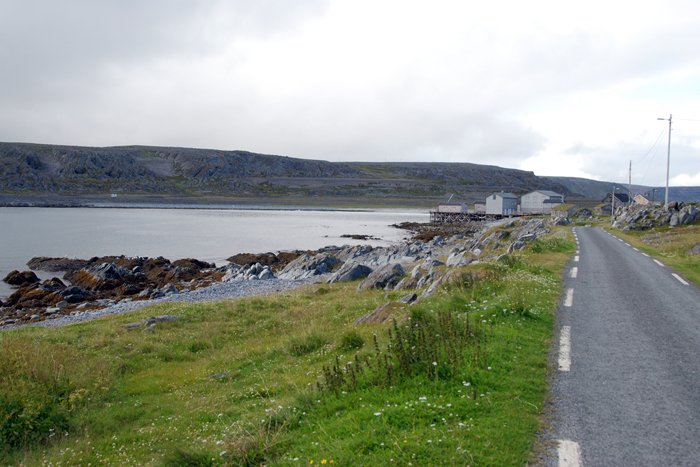
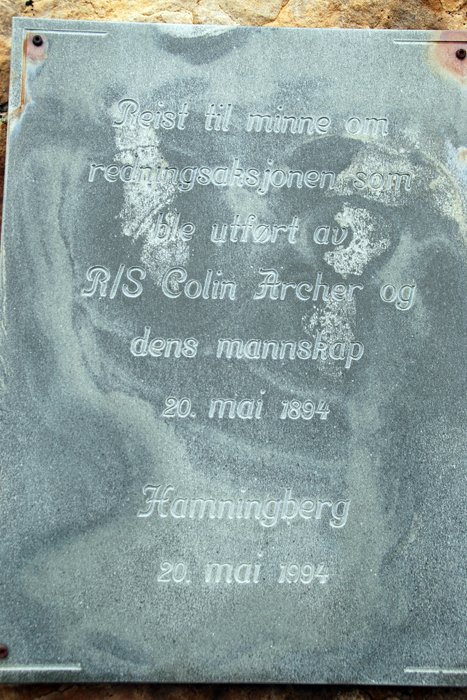
This stone tells the story of the rescue operation carried out by the rescue ship "Colin Archer" on May 20th and 21th 1894. The old man told us that it was the first year the ship was put into operation. On the night of May 20th there was a storm in the area. Although many of the boats were already on shore there were several vessels at sea. Therefore, a message was sent to Vardø where the only ship advisable to leave port was RS "Colin Archer". They managed to rescue 22 people with whom they returned to Vardø. They had to set out again and rescue 14 people after 18 hours of effort. This rescue operation was important for the newly formed Rescue Company and the people along the Barents Sea. I had not heard the excact story before, but I had heard the name «Colin Archer» before.
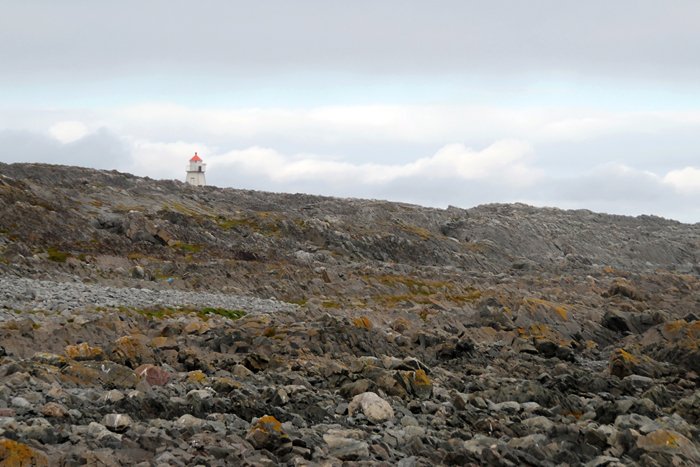
We left the old man and walked to the end of the road to the small lighthouse and along an arctic beach spotting for whales. We did not see any, but enjoyed the total tranquility. Hamningberg is a place time seems to stand still. One can only image what it must have been like living here.
Please do follow if you want to keep up with my next travel story. Any upvotes or resteems are hugely appreciated!
Latest travel stories, check out :
Chile - Higlights of the Atacama desert
U.J
Kristiansand, Norway
All the photoes are mine, Ulla Jensen (flickr, Instagram and facebook)
[//]:# (!steemitworldmap 70.540693 lat 30.614505 long Norway – To the «End of Europe» d3scr)Latest content: Travel, Art, Food, Article, Poetry



